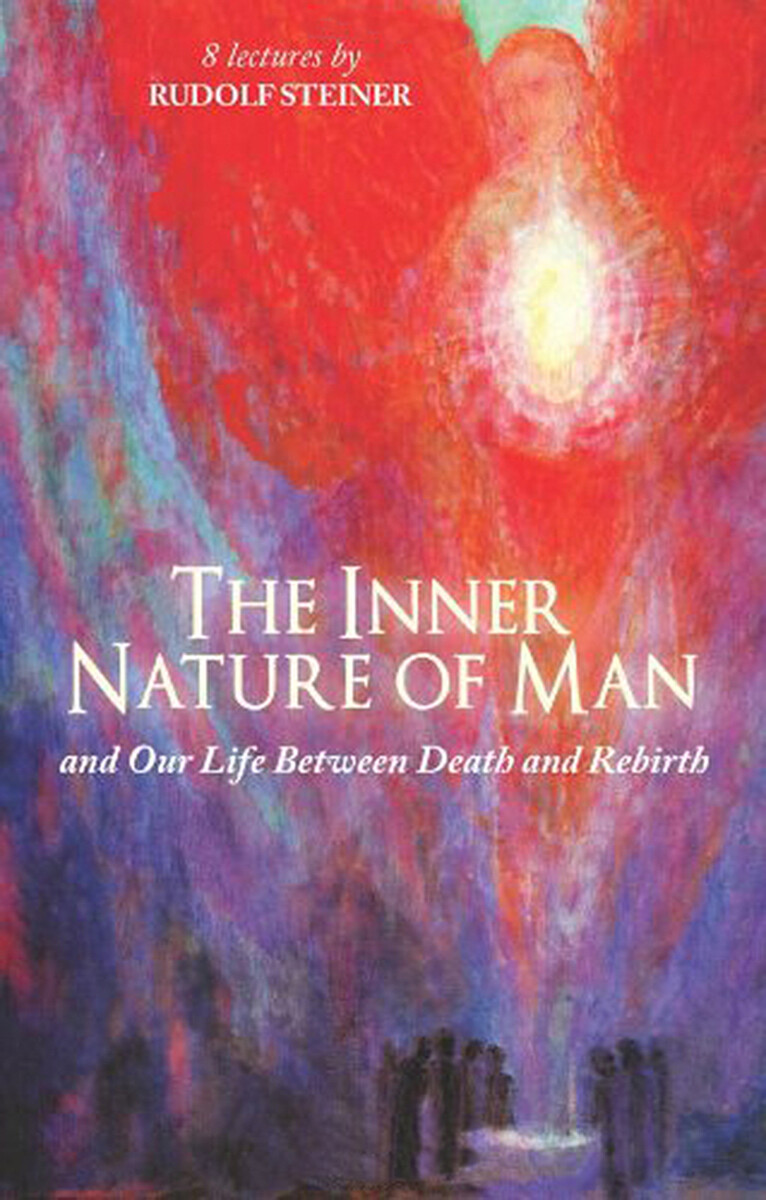The Inner Nature of Man
And Our Life between Death and Rebirth (CW 153)
- Publisher
Rudolf Steiner Press - Published
15th July 2013 - ISBN 9781855843783
- Language English
- Pages 174 pp.
- Size 5.5" x 8.5"
8 lectures and a short address, Vienna, April 6–14, 1914 (CW 153)
“When we know how to enter deeply into the realm of the soul, we reach understanding of the harmony that exists between successive lives on earth and the whole of the physical world outside us.” — Rudolf SteinerIn these lectures—given during World War I, as thousands of young men were being killed in battle—Rudolf Steiner describes the dramatic reality of the spiritual worlds encountered by human beings after death. He speaks of the joys and sufferings experienced in those worlds by people of different character; the vision of the “ideal human being” that souls experience; the cosmic “midnight hour”; the processes leading to rebirth in the world of the senses; the deeper causes behind such phenomena as materialism and criminality; and why, in the flesh, we lose our instinctive perception of the spiritual worlds.
Rudolf Steiner also describes how knowledge of the spiritual realms, as well as the life beyond death and before birth, can be built on foundations of modern science. Indeed, he speaks of humankind's involvement in science and its many achievements as necessary steps on the path toward a modern form of spirituality and a true understanding of the soul, describing in detail methods by which direct perception of the worlds of soul and spirit can be developed.
This volume is a translation from German of Inneres Wesen des Menschen und Leben zwischen Tod und neuer Geburt (GA 153).
C O N T E N T S:
1. The Quest for the Spirit in the Present Age
2. The Soul in the Light of Spiritual Science
3. The Four Spheres of the Inner Life
4. The Vision of the Ideal Human Being
5. The Senses and the Luciferic Temptation
6. Wisdom in the Spiritual World
7. Between Death and the Cosmic “Midnight Hour”
8. Pleasures and Sufferings in the Life Beyond
Rudolf Steiner
Rudolf Steiner (b. Rudolf Joseph Lorenz Steiner, 1861–1925) was born in the small village of Kraljevec, Austro-Hungarian Empire (now in Croatia), where he grew up. As a young man, he lived in Weimar and Berlin, where he became a well-published scientific, literary, and philosophical scholar, known especially for his work with Goethe’s scientific writings. Steiner termed his spiritual philosophy anthroposophy, meaning “wisdom of the human being.” As an exceptionally developed seer, he based his work on direct knowledge and perception of spiritual dimensions. He initiated a modern, universal “spiritual science” that is accessible to anyone willing to exercise clear and unbiased thinking. From his spiritual investigations, Steiner provided suggestions for the renewal of numerous activities, including education (general and for special needs), agriculture, medicine, economics, architecture, science, philosophy, Christianity, and the arts. There are currently thousands of schools, clinics, farms, and initiatives in other fields that involve practical work based on the principles Steiner developed. His many published works feature his research into the spiritual nature of human beings, the evolution of the world and humanity, and methods for personal development. He wrote some thirty books and delivered more than six thousand lectures throughout much of Europe. In 1924, Steiner founded the General Anthroposophical Society, which today has branches around the world.


